SUMMARY
This is AI generated summarization, which may have errors. For context, always refer to the full article.
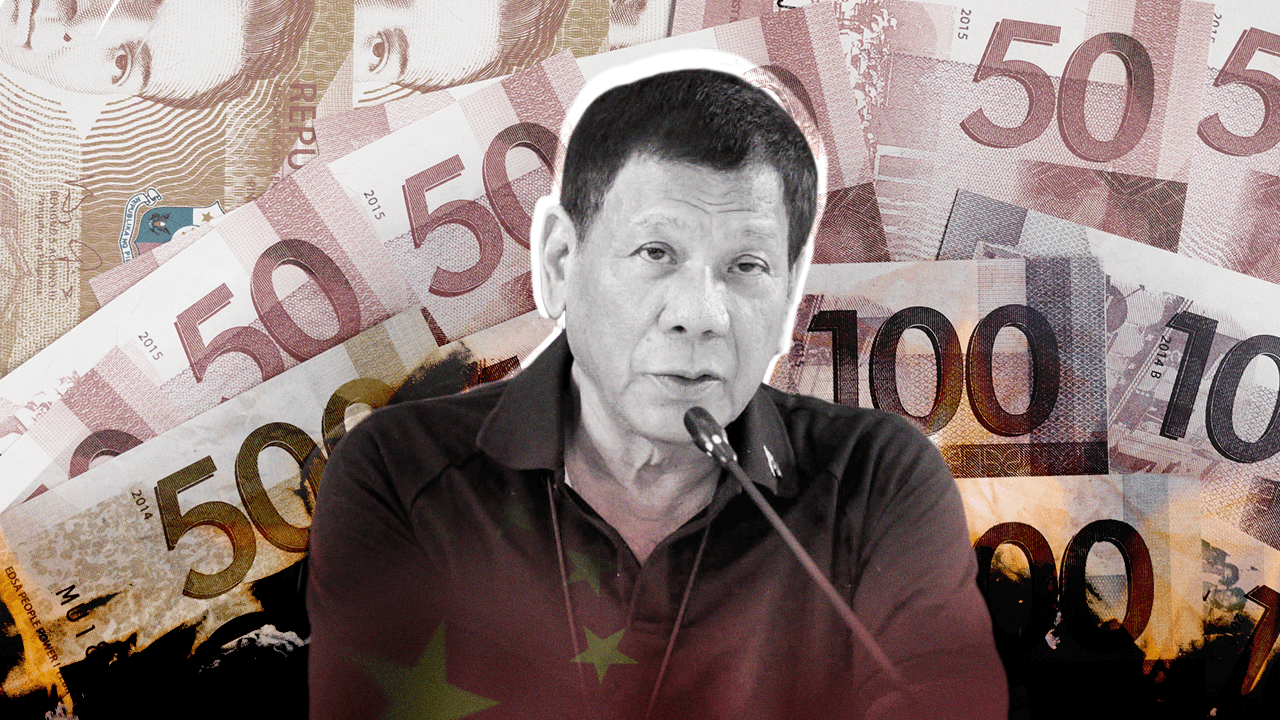
In embracing China early on in his term, President Rodrigo Duterte promised that Beijing’s boost to the Philippine economy would produce tangible benefits. After more than five years in power, however, he doesn’t have much to show for significant benefits for Filipinos.
As Duterte enters his last year in office, his closeness to China has earned the Philippines investments that several experts and academics consider as “corrosive capital” that have contributed to “undermining good governance practices and…weakening of institutions.”
More Chinese businesses have sprung up during his term, but the Chinese government’s promises of billions worth of infrastructure deals seem to have fallen through, forcing the Philippines’ economic team to turn to other private entities.
Meanwhile, the few projects funded by China have been shrouded in secrecy and marked by controversy. The Philippine government has taken only little measures of transparency and accountability to address concerns that the Philippines was compromising its security in exchange for loans and grants.
Here are seven charts illustrating Duterte’s pivot to China and its impact on Philippine society and the economy.
Investments
Foreign direct investments (FDI) have fallen for the most part during Duterte’s term.
Since peaking in 2017 at $10.3 billion, FDI has tumbled for three consecutive times, and was worsened by the coronavirus pandemic.
Even before the pandemic, Duterte and the Philippine economy had to deal with various global uncertainties, including China’s trade war with the United States, which shook global investments.
But while FDI dipped overall, total approved investments from China – business deals that were given the go signal by investment promotion agencies – surged under Duterte.
In 2019, China’s investments reached $88.67 billion, the highest ever in Philippine history, eclipsing traditional investors like the United States and Japan.
China has also been the Philippines’ top trading partner under Duterte’s watch.
Imports from China also peaked in 2019 at $24.5 billion, higher than total goods from the US and Japan combined.
The Philippines, however, continued to send more goods to the US and Japan for the last five years.
The most common materials exported to and imported from China include steel, minerals, and semiconductors.
POGOs
Chinese investments have soared, but we should no longer dwell on that conversation, said Alvin Camba of Johns Hopkins University.
Camba said that the focus should be on the “developmental quality of the investments, who benefits and who loses, and the compliance of foreign capital to Philippine national laws.”
Currently, among the biggest recipient of Chinese FDI, aside from wholesale and retail, are real estate and Philippine offshore gaming operators or POGOs.
“This sector (POGOs), however, does not largely benefit Filipinos and has spurred unintended socioeconomic spillovers. Still, banning the sector would be too harsh because of the positive economic multiplier that the sector provides to the construction and real estate industry,” Camba said in a paper published by the Philippine Center for Investigative Journalism.
The map below shows that at least 27 POGOs are located in Makati City, while others are located in Parañaque’s Bay Area and some parts of Muntinlupa City and Quezon City.
This was bad news for locals, as the Chinese firms drove rental prices up. Cultural differences also led to racism.
Sex dens and prostitution houses for Chinese clients began sprouting, as POGO money swirled in these cities.
The Philippine government has struggled to regulate POGOs while they continue to evade taxes. Agencies cannot even agree on how many POGO workers there are.
Infrastructure
While private Chinese money flooded the financial system, Chinese President Xi Jinping’s promise of infrastructure under the Belt and Road Initiative mostly fell through.
From a promise of $708 billion in infrastructure investments in 2016, only four projects, including a grant, have pushed through.
Duterte’s economic team has had to revise their Build, Build, Build list of projects several times and look for funds somewhere else, like private Philippine conglomerates.
Meanwhile, China-funded projects that pushed through were heavily criticized by think tanks.
Edwin Santiago of the De La Salle University Political Science Department said that “these projects have become controversial for the Duterte administration primarily due to allegations that they followed a unique way of doing things that disregarded the rule of law and characteristically lacked transparency and accountability.”
“For instance, leaving out the exchange rate used in the computations will invariably lead to inconsistencies with government data – such incongruence can be used to undermine the credibility of the data,” Santiago said.
Citing the case of the Chico River Pump Irrigation Project, Santiago said that there was no information as to how project contractors were selected.
Santiago also questioned the contracts for the New Centennial Water Source-Kaliwa Dam Project: "While the negative findings from the Commission on Audit about the bidding process were publicized, no action resulting from the findings was ever disclosed."
He added: "It is practically the same level of information dissemination insofar as the bidding process for the selection of the third telecommunications player in the Philippines and the Safe Philippines project are concerned."
Santiago said the government’s claim “that the agreements have been vetted – even if true – does not necessarily mean that there is nothing wrong with them.”
Meanwhile, Makati Business Club Chairman Ed Chua said that “in terms of promised investments, it's not obvious...how significant the economic benefits of being friendly to China have been for the country."
Tourist arrivals
Over the years, Duterte’s decision to pivot to China has seen tourist arrivals from that country more than double.
Since 2008, China had always been among the top five countries in terms of foreign tourists visiting the Philippines, but after Duterte took office, arrivals increased significantly year-on-year from 675,663 in 2016 to 1,743,309 in 2019.
Chua said tourism was one area where Duterte’s warming of ties with China produced results. “The only tangible benefit I've seen is that China sent a million of their citizens to become tourists in the Philippines. That was something which I think Duterte asked in one of his visits to China…and China did that,” he said.
Growth in the tourism industry stood to benefit the country. Former Chinese ambassador to the Philippines Zhao Jianhua said each Chinese tourist tends to spend $1,000 on shopping alone per visit, adding that one million Chinese tourists could contribute as much as $1 billion to the Philippine economy.
Boosting the Philippines as a tourist destination had been facilitated just before Duterte’s visit to China in 2016. Beijing effectively lifted a two-year-old travel warning against the Philippines in anticipation of the Philippine leader’s trip.
The travel warning was instituted in 2014, a week after Philippine authorities arrested three men over an alleged plot to bomb the Chinese embassy, Chinese businesses, and Manila's international airport.
The alleged bomb plot was linked to the two countries’ bitter maritime and territorial dispute over the West Philippine Sea – an issue that plunged the relationship between the Philippines and China to its lowest point in four decades, after Manila took Beijing to international court. It remains a contentious aspect of ties.
But could warming ties be the only driving factor behind a surge in tourists? Aside from Duterte's overture to China, the increasing number of travelers could also be attributed to an overall trend of Chinese tourist numbers surging worldwide.
Until the coronavirus pandemic, tourist numbers had been boosted by China's growing middle class, as well as the increase in direct flights from several Chinese cities to different destinations and looser travel visa policies.
Still, China has yet to beat South Korea as the top source of tourists arriving in the Philippines in the last decade.
Vaccine donations
In the realm of vaccine diplomacy, China scored early wins in developing countries, including the Philippines. China was first to give Filipinos access to COVID-19 vaccines after lapses in paperwork and the absence of an indemnity agreement delayed the announced arrival of Pfizer and BioNTech’s shot from the West.
China’s Sinovac Biotech quickly filled the gap created by these shortcomings. Less than a week after Sinovac’s vaccine had been cleared for emergency use, 600,000 donated doses arrived in the Philippines, making China the first to donate doses to the Philippines.
The doses had been used to jumpstart the country’s vaccine drive, already among the last to start in Southeast Asia. Beijing later complemented the donation with 400,000 more doses.
The gesture carried weight with Duterte, who, in welcoming the vaccines, told the public he wanted to visit China to personally thank President Xi. The Philippine leader incorrectly boasted it was only to the Philippines that China had sent vaccines through a military plane.
The truth is, the Philippines was among the last countries in Southeast Asia to receive vaccines developed in China. Still, the impression of a special treatment from China would stick in the mind of Duterte, who would repeat on several occasions his heartfelt gratitude to Xi and “great debt” to China.
Months into the rollout of COVID-19 shots, donations from other countries have overtaken China’s.
The Philippines biggest “donor” is the COVAX global facility co-led by Gavi the Vaccine Alliance, the World Health Organization (WHO), and the Coalition for Epidemic Preparedness Innovations (CEPI). The Philippines has so far received at least 6 million doses from the global vaccine sharing facility, funded by several countries in the European Union, Japan, and United States, among others.
It expects to receive up to 44 million donated doses from COVAX in 2021, along with an additional 5 million doses that will be partly shouldered by the Philippine government.
More recently, it received another large donation from Japan, which shared over one million AstraZeneca doses.
As of July, the Philippines’ biggest bilateral donation yet came from its longtime ally, the United States. Under President Joe Biden's pledge to share up to 80 million doses with the world, the White House shipped a total of 3.2 million single-dose Johnson & Johnson vaccines to the country on July 16 and 17, with more expected in the coming months.
Duterte welcomed Japan’s donation at the Ninoy Aquino International Airport on July 8, just as he did in accepting donations from China and COVAX. He was absent at the arrival of the J&J donation from the US.
Vaccines had been touted as one of the major ways countries can rebound from the pandemic. Faced with a severe lack of vaccine supplies and varying degrees of efficiency in rolling out vaccines across different localities, the Philippines is expected to be among the last to reach herd immunity in Southeast Asia. – Rappler.com
Add a comment
How does this make you feel?
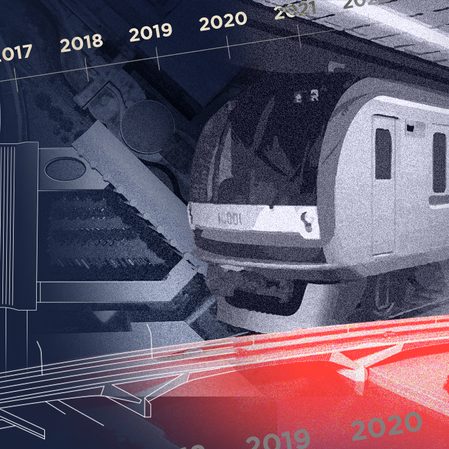
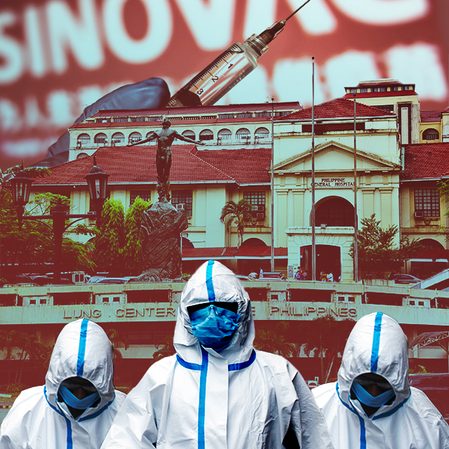
![[In This Economy] A counter-rejoinder in the economic charter change debate](https://www.rappler.com/tachyon/2024/04/TL-counter-rejoinder-apr-20-2024.jpg?resize=257%2C257&crop=267px%2C0px%2C720px%2C720px)
![[Vantage Point] Joey Salceda says 8% GDP growth attainable](https://www.rappler.com/tachyon/2024/04/tl-salceda-gdp-growth-04192024.jpg?resize=257%2C257&crop_strategy=attention)
![[ANALYSIS] A new advocacy in race to financial literacy](https://www.rappler.com/tachyon/2024/04/advocacy-race-financial-literacy-April-19-2024.jpg?resize=257%2C257&crop_strategy=attention)


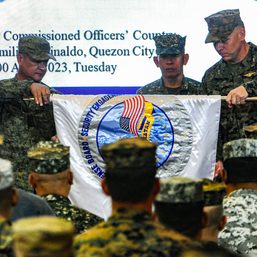
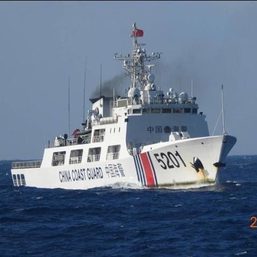
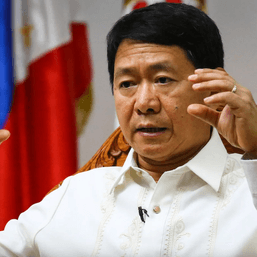
![[Newspoint] The lucky one](https://www.rappler.com/tachyon/2024/04/lucky-one-april-18-2024.jpg?resize=257%2C257&crop=536px%2C0px%2C1080px%2C1080px)

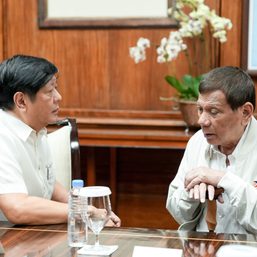
![[The Slingshot] Alden Delvo’s birthday](https://www.rappler.com/tachyon/2024/04/tl-alden-delvo-birthday.jpg?resize=257%2C257&crop=263px%2C0px%2C720px%2C720px)
![[EDITORIAL] Ang low-intensity warfare ni Marcos kung saan attack dog na ang First Lady](https://www.rappler.com/tachyon/2024/04/animated-liza-marcos-sara-duterte-feud-carousel.jpg?resize=257%2C257&crop=294px%2C0px%2C720px%2C720px)
![[Newsstand] Duterte vs Marcos: A rift impossible to bridge, a wound impossible to heal](https://www.rappler.com/tachyon/2024/04/duterte-marcos-rift-apr-20-2024.jpg?resize=257%2C257&crop=278px%2C0px%2C720px%2C720px)
There are no comments yet. Add your comment to start the conversation.